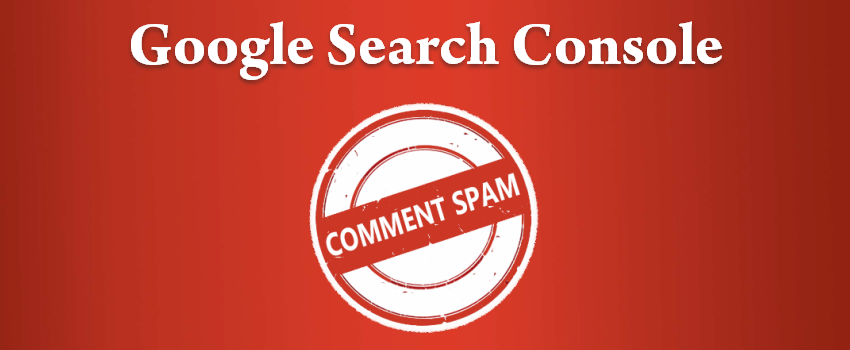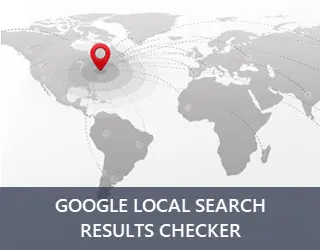Google Search Console Comment Spam Page Updated
Posted On : August 14th, 2015 By : Diptimayee Mohanty To : Google UpdateGoogle renamed its service of webmaster tools to search console on 20th May 2015. And after that Google has made many changes in Search Console Help Center which are unnoticed by the search industry. Recently I found that it has updated the page “comment spam” under quality guidelines section to “ways to prevent comment spam”.
You can check the last cached version of the old page on 19th March 2015.
Google might have changed this page according to their recent search algorithm ranking factors. We all know & believe that Google is in the practice of tweaking & adding new signals to its search algorithm and modify its different guidelines accordingly. So it needs to be followed carefully by webmasters to be updated about new changes and avoid any algorithmic or manual penalty from Google.
The most interesting change is the inclusion of the following points in the beginning.
This type of spam can be harmful to your site in several ways including:
- Low-quality content on some parts of a website can impact the whole site’s rankings.
- Spam can distract and annoy your users and lower the reputation of your site.
- Unintended traffic from unrelated content on your site can slow down your site and raise bandwidth costs.
- Google might remove or demote pages overrun with user-generated spam to protect the quality of our search results.
- Content dropped by spammers can lead to malicious sites that can negatively affect your users.
This part was not there previously. Well, we know Google is always vocal against spam and for imparting better user experience. No doubt, these points are indicating towards that goal. But wait; check the first & fourth points. Ringing some bell; remember Panda?
The first point is even there in the article by Amit Singhal on building high quality sites just after the Panda release.
So, is it a clear signal that comment spam or user-generated spam content is an important factor in Panda algorithm? As these points are included recently, I assume Google might have included these signals in recent Panda 4.2 update which has started rolling out last months.
Second important change is the deletion of the point “Disallow hyperlinks in comments”. Well, this may be settled by the suggestion on using nofollow, noindex tag or blocking comments through robots.txt file. But these recommendations are already present previously and also now. I feel perhaps webmasters has taken seriously this one and disallowed hyperlinks in comment section. For this, users are unable to share genuine and high quality links in comments.
Well, many bloggers and writers are not aware about the benefits of linking high quality & relevant pages. These links are great resource for readers. Also search engines and especially Google are taking valuable signals from such links while assessing quality & relevancy aspect of any page. By preventing hyperlinking in comments, it restricts the links only within the content and links from sidebars or footers. Again, these parts are solely controlled by the webmasters and in most cases lead to paid link or link exchange scenario. The only chance of getting useful & independent link resource is to allow other users to share the same in comment. But this should be moderated and lived only after verified by the webmaster which will be helpful for both other users and Google.
So, I assume Google has deleted that part due to above reason.
Other Changes:
The other changes are though not significant but certainly meant for preventing comment spam in better ways.
-
This time Google has given much importance to spam related to profile creation. Lots of profiles are being created, even with automatic tools or software, linking to low quality sites. To prevent this type of spam, Google has suggested for email validation check-up while signing up by new users can reduce such type of spam, mostly by automatic tools. They additionally suggest to filter suspicious email addresses.
Now, again it may indicate that Google is drawing signals from profile. After all, this is the age of social media. And the best place to assess the quality of a user is to verify the profile of a person from social platforms and also from other places like blogs, forums. Genuine persons create genuine profiles always and contents and links shared by them are valuable resource for search engines like Google.
- Even Google has suggested to use new third party anti-spam tools to combat comment spam. It has suggested for Project Honeypot, a free tool, to prevent comment spam.
- Google has added a new section “Get Help From Your Community” where it has suggested to allow trusted users on your community to flag spam when they see any such behaviour. Also suggested to create user reputation scoring system that will differentiate between spammers and trusted users and adding no-index tag for new users till they reach a threshold reputation score can be helpful in preventing spam.
Google has tried to modify the content of the page to make it more users friendly and in some way it has tried to inform that the webmasters should focus more to combat spam on their pages else their sites/pages ranking will be negatively affected in Google search results.
- Do SEOs Need To Know HTML? - December 20, 2021
- How To Find Attribution-Free Music For Your Videos? - September 20, 2021
- OpenAI Codex – Future Of Software Development In Automation - August 12, 2021










Indeed, “Google is in the practice of tweaking & adding new signals to its search algorithm and modify its different guidelines accordingly.”
It goes to show that we must be regularly updated to embrace any changes that this search engine has to make.
Signals from the comment spam page update should interpreted to mean that Google is still in the business of tweaking any part of the online business that is not serving the interest of the searchers effectively.
I left the above comment in kingged.com where this post was shared.